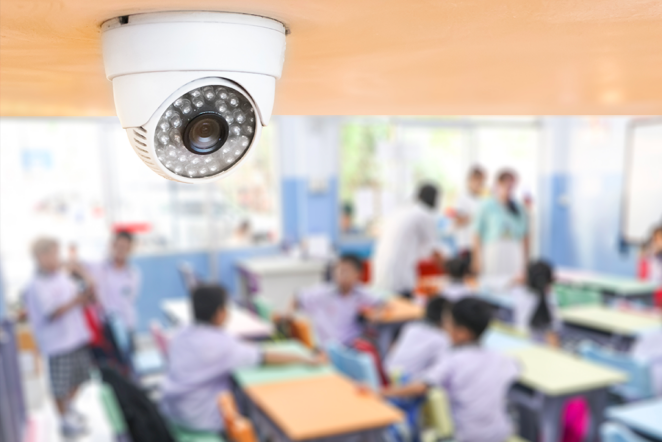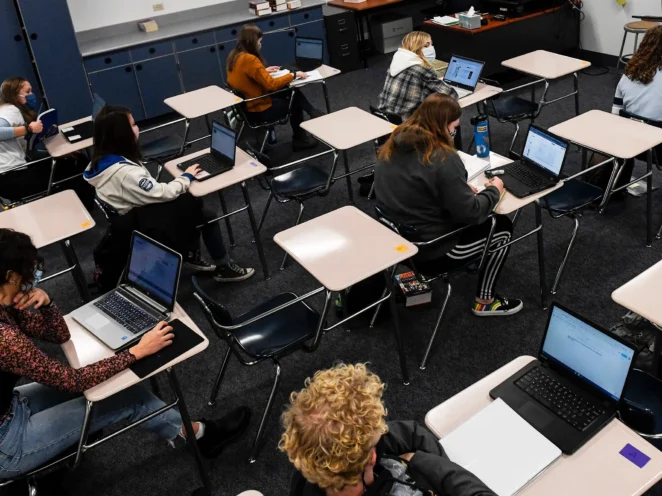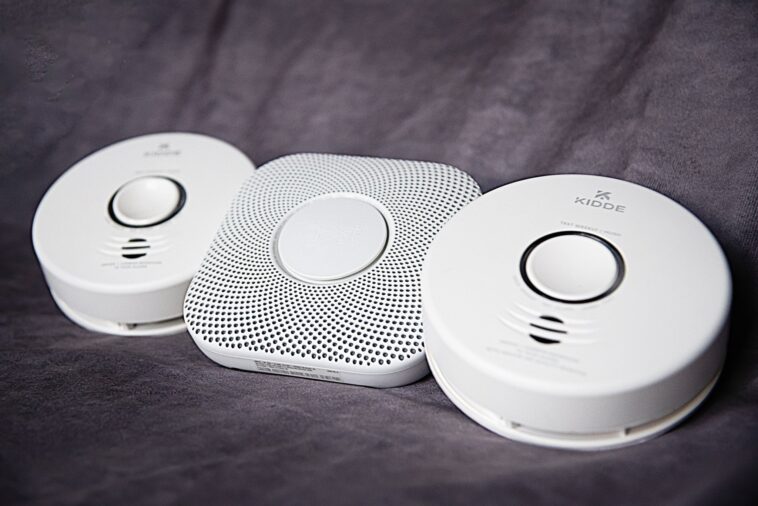Ensuring the safety and security of students and staff within educational institutions is of paramount importance. In recent years, schools have turned to advanced alarm technology as a vital tool in their security arsenal. Alarm systems provide a proactive approach to detecting and deterring potential threats, allowing for rapid response and minimizing the impact of emergencies. By integrating state-of-the-art alarm technology with existing security measures, schools can significantly enhance their overall security posture. In this blog post, we will explore the various ways in which schools are utilizing alarm technology to create safer environments for learning and discuss the numerous benefits it offers.
Overview of Alarm Systems Used in Schools
Schools employs a range of warning systems to address different security needs, including protection against unauthorized access after hours. One commonly used type is intrusion alarms, which utilize sensors and motion detectors to detect any breaches in designated areas, triggering an alert to security personnel or local law enforcement. Another crucial component is fire notices, providing early warning in the event of a fire outbreak. These systems incorporate smoke and heat detectors that promptly notify occupants and initiate emergency protocols, saving lives and preventing extensive property damage. Additionally, schools are increasingly implementing innovative technologies, such as vape detectors, which aid in maintaining a safe and healthy environment for students.
Integration of Advanced Alarm Technology with Existing Security Measures

To maximize the effectiveness of their security measures, schools are increasingly integrating advanced alarm technology with their existing systems. By connecting these systems to centralized monitoring stations or security control rooms, staff members can receive real-time alerts and initiate appropriate responses swiftly. Integration with video surveillance systems allows for immediate visual verification of warnings, aiding in accurate threat assessment. Moreover, integration with access control systems enables a coordinated response by restricting access to specific areas and preventing unauthorized individuals from entering the premises during emergencies.
Alarm Technology for Early Detection of Potential Threats
Early detection of potential threats is a critical aspect of school security. Advanced technology plays a vital role in identifying and alerting school personnel to potential dangers before they escalate. For instance, specialized threat detection systems can recognize aggressive behavior, unusual sounds, or even the presence of weapons, enabling staff to respond quickly and effectively. These systems leverage cutting-edge technologies such as artificial intelligence and machine learning algorithms to analyze patterns and detect anomalies, empowering schools to intervene at the earliest stages and prevent potential incidents.
Benefits of Alarm Systems in Enhancing Emergency Response Times
When emergencies occur, every second counts. These systems significantly enhance emergency response times in schools, enabling a swift and coordinated reaction. By immediately notifying designated personnel and authorities, these systems reduce response time and facilitate the implementation of emergency protocols. Furthermore, the integration of warnings with mass notification systems ensures that critical information reaches all stakeholders simultaneously, allowing for a coordinated evacuation or lockdown. Real-time communication and the ability to provide clear instructions during crises can make a significant difference in ensuring the safety of students, staff, and first responders.
Case Study: Successful Implementation of Alarm Technology in a School
One notable example of the successful implementation of warning technology in a school is Lincoln High School. After experiencing security breaches and lacking an effective response system, the school invested in a comprehensive system. This plan incorporated intrusion alarms, access control integration, and video surveillance, all connected to a central monitoring station. The results were remarkable. Incidents of unauthorized access decreased significantly, and the quick response of security personnel to triggered notices prevented potential threats from escalating. The school community reported feeling safer, and parents appreciated the school’s commitment to their children’s security.
Importance in Deterring Unauthorized Access

Unauthorized access to school premises poses a significant threat to the safety and well-being of students and staff. Alarm technology serves as a powerful deterrent against such incidents. By prominently displaying warning system signage and ensuring visible sensors and cameras, schools send a clear message that security measures are in place. The mere presence of these systems can discourage potential intruders, as they understand the increased risk of detection and apprehension. This proactive approach reinforces the school’s commitment to safety and acts as a deterrent, significantly reducing the likelihood of unauthorized access.
Alarm Technology’s Role in Protecting School Property and Assets
In addition to ensuring the safety of individuals, alarm technology plays a crucial role in protecting school property and assets. Schools often house valuable equipment, technology resources, and sensitive information. These systems, coupled with surveillance cameras, provide a robust defense against theft, vandalism, and property damage. In the event of unauthorized entry or suspicious activity, notices immediately notify security personnel or law enforcement, enabling prompt intervention and minimizing losses. By safeguarding valuable assets, alarm technology helps schools allocate resources towards educational endeavors rather than costly replacements or repairs.
Training and Preparedness for Utilizing Alarm Systems Effectively
To fully harness the benefits of this technology, schools must prioritize training and preparedness. Staff members should receive comprehensive training on alarm system operations, emergency response protocols, and threat assessment. Regular drills and exercises should be conducted to ensure familiarity with warning procedures and enhance response efficiency. Additionally, schools should establish clear communication channels with local law enforcement and emergency responders to facilitate a coordinated response.
Future Trends in Alarm Technology for School Security
The landscape of alarm technology continues to evolve, presenting exciting possibilities for the future of school security. One emerging trend is the integration of alarm systems with artificial intelligence and predictive analytics. These technologies can analyze vast amounts of data to identify patterns and potential risks, enabling proactive threat detection and prevention. Moreover, advancements in biometric authentication may enhance access control systems, ensuring that only authorized individuals can enter school premises.

Conclusion: The Positive Impact on Schools
In an ever-changing world, schools must remain vigilant and proactive in ensuring the safety and security of their communities. Alarm technology has proven to be an invaluable asset in this endeavor, providing early detection, rapid response, and a strong deterrent against potential threats. By integrating advanced warning systems with existing security measures, schools can create a comprehensive security infrastructure that protects students, staff, property, and assets. Investing in training and preparedness further enhances the effectiveness of alarm technology. As we look ahead, the future holds great promise for even more advanced and innovative notice systems, empowering schools to create safer environments that foster optimal learning experiences.




